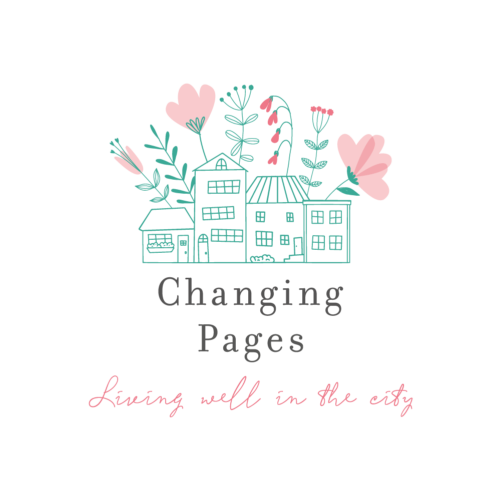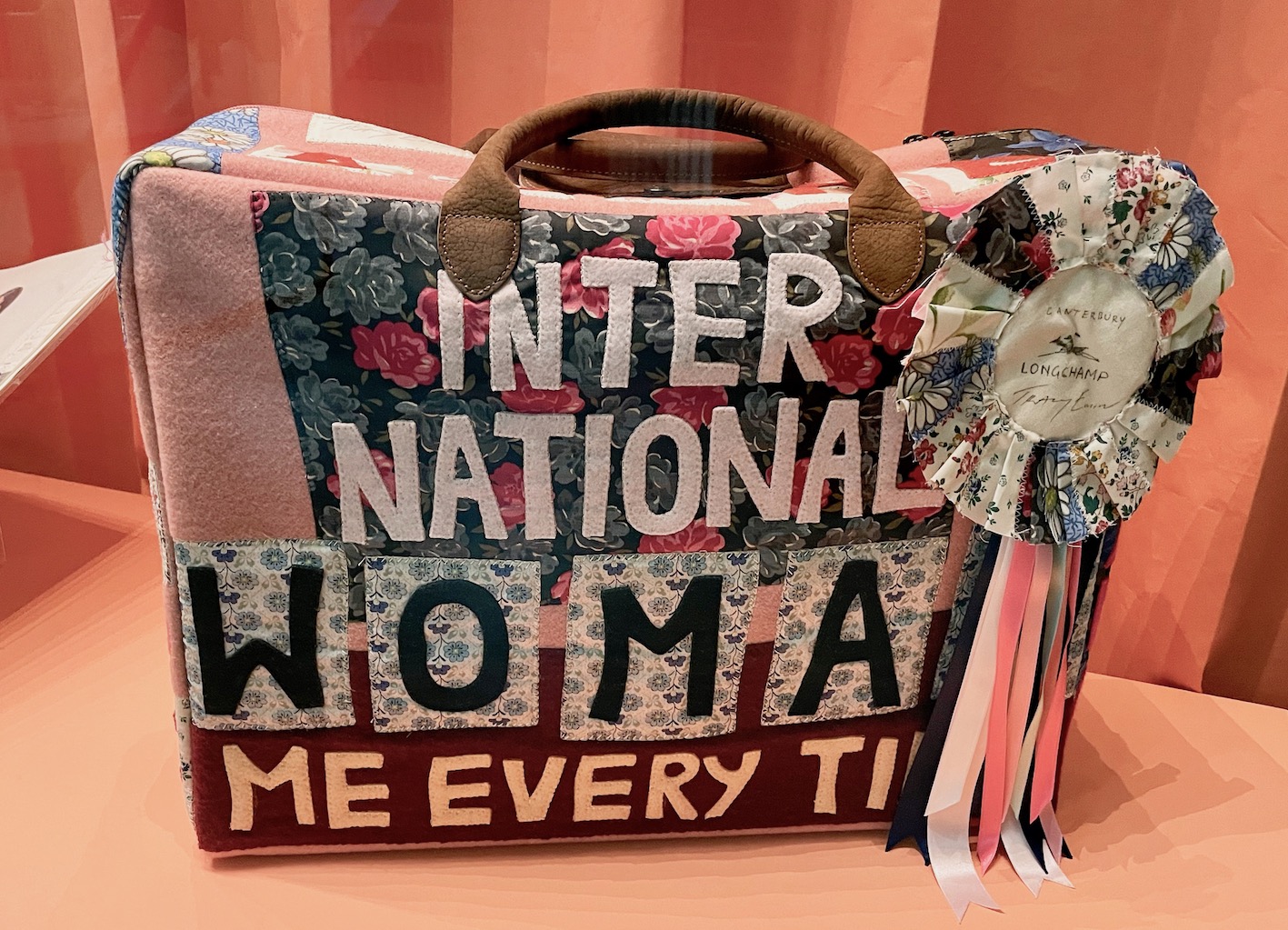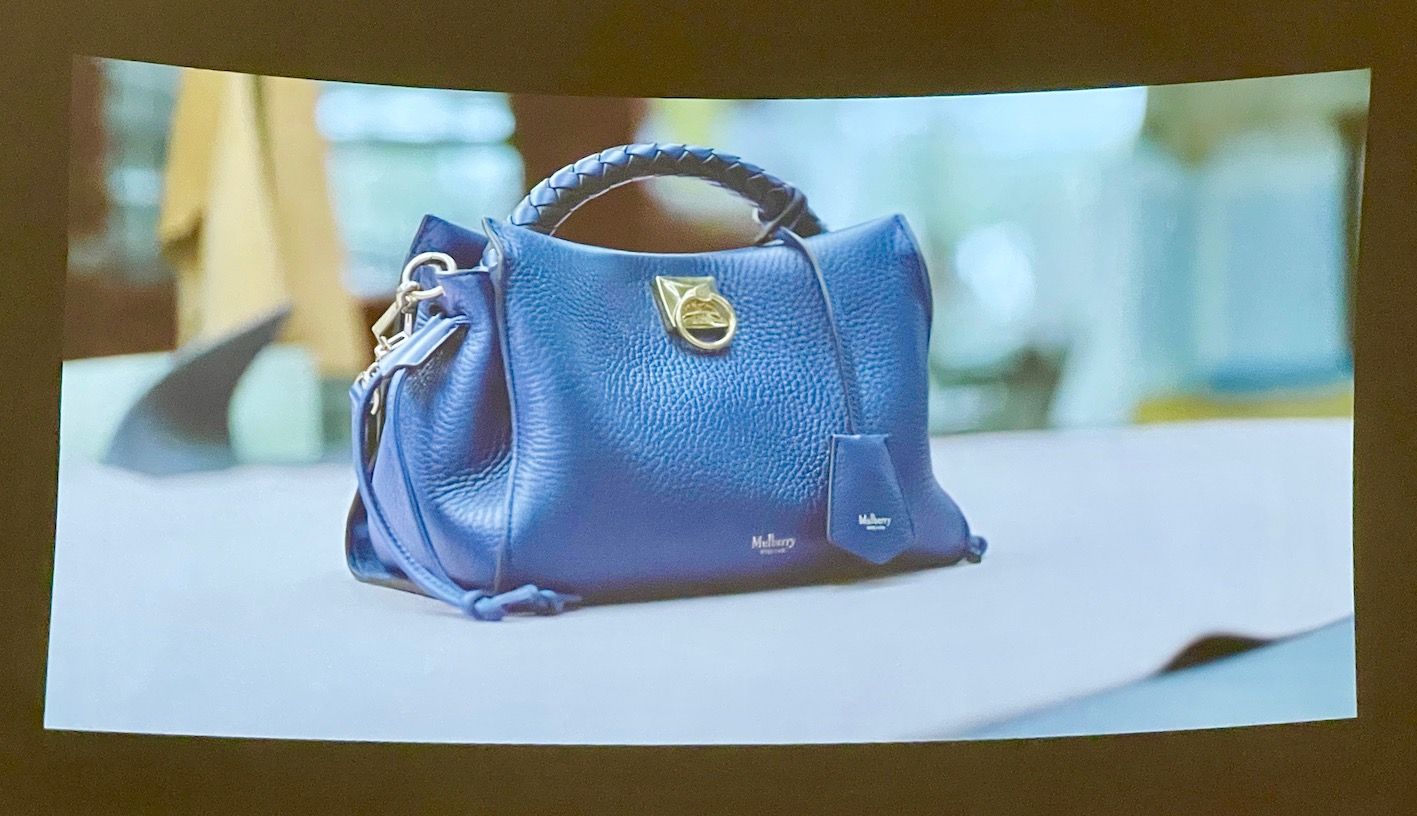Women’s handbags are incredibly heavy. You rarely get to pick one up and, when you do, you wonder why anyone carries so much stuff around all day. – A.A Gill
The above quote is something I (and my husband) can relate to. I have no idea why my handbag is so heavy and my husband has no idea what’s in it. I like many of my female friends have many bags. Day bags, shopping bags, numerous totes, evening bags, bags for holidays, the list goes on. I like to use different bags depending on my mood, what I’m doing that day or the weather, and I regularly swap them around. This of course leads to the inevitable forgotten keys / mask / work pass scenario, because they are in my other bag!
Handbag History
Handbags have been around as long as humans have had things to carry in them. As early as 38,000 BCE, hunter-gatherer, humans were using bundles and pouches made from fibres to store and transport food and tools. The woman’s hand bag however, was not a thing until more recently.
The first handbags used by women were pockets with handles attached to their waists and worn under voluminous skirts where they could hide things. Because they were worn so close to the skin they were classed as undergarments. At the end of the 18th century when high waisted gowns became fashionable, these pockets were no longer practical, and a bag women could carry became necessary. Some considered shocking that a woman should parade around with something which was still thought of as underwear!
There were those women who blamed the rise of the handbag for the decline in pockets in women’s clothing. Something that many of us still rally against today!
Bags: Inside Out at London’s Victoria and Albert Musuem, is an exclusive look inside the world of the handbag, exploring out long standing fascination with it.
The Functional
The first handbags were ‘reticules’. A small bag large enough to carry only rouge, powder, a fan, perfume and a few visiting cards. It is with these very first bags that the exhibition begins. The role of bags as necessary practical objects in which to store our belongings is explored. Winston Churchill’s red despatch box and Vivian Leigh’s attaché case are both on display. I was moved by the nondescript utilitarian suitcase belonging to an evacuee, imagining the few treasured possessions carried within, and the feelings of the small child carrying it.
Status and Celebrity
Many of us could not begin to afford designer clothes, but with a bit of careful saving or ebay searching we might be able to stretch to a handbag. For many designers it is the handbags and other accessories which lead shoppers to their covetable brands.
Designer handbags are for many a status symbol, which define their look. Who can forget Mrs Thatcher’s smart hard cased Launer handbags which became an iconic symbol of her power. She along with the Queen became the brands most famous and loyal customers. Mrs T famously said, her handbag was the safest and ultimately the only “leak proof” place in Downing Street.
The Hermès Birkin bag, owned by Jane Birkin, and Mulberry handbags worn by Kate Moss and Alexa Chung also feature. My favourite though, is Carrie Bradshaw’s striking purple Fendi Baguette , from the “This is not a bag, it’s a baguette” moment.
Bags as Powerful Vehicles to Promote Ideas
Who doesn’t own a tote or 10? They have become a feature of modern life. They are no longer just a spare bag to tuck into a handbag. They have become the bag that shows people who you really are, or who you want them to think you really are. You read the New York Times or shop at Daunt Books (I have that one!), or you care about important issues.
Making and Designing
The upper floor of the exhibition is given over to the design and creation of handbags. Centre stage is the makers table with patterns, designs and tools. A film featuring a bag maker from Mulberry gives insight into the detailed process from initial design to completed product. The displays focus on the opportunity for collaboration, featuring the quirky and the unusual. Thom Browne’s handbag in the form of his dog Hector is a particular highlight.
Artists have also had a part to play, making handbags into wearable art. One of my favourite bags in the exhibition is the ‘International Woman’ suitcase made by Tracy Emin. She designed 200 different suitcases for Longchamp. Her inspiration was the story of a woman travelling in search of love. Each suitcase is adorned with a rosette bearing the name of a different city which reminds her of a moment of love.
The exhibition finishes appropriately with a look at how designers such as Stella McCartney are experimenting with environmentally sustainable materials. She has created a backpack made entirely from recycled ocean plastic waste.
Of course, of almost as much interest as the bags on display, are the bags the other visitors to the exhibition are wearing. The gold, structured Kelly style handbag worn by the woman in the crisp white dress and the gold sandals was the best.
There is so much to love about this exhibition. Handbags are something we all relate to. I can associate certain moments with handbags. I still have the slouchy chocolate brown leather Mark Jacobs bag I bought in New York on my first visit many years ago. I loved that bag, I had saved up for it will always be associated with a certain time in my life.
If you can, then do visit Bags: Inside Out. It’s a treat, and the booking system means the exhibition is wonderfully uncrowded. It is showing until 16th January 2022.









Sounds fascinating. Will definitely visit it